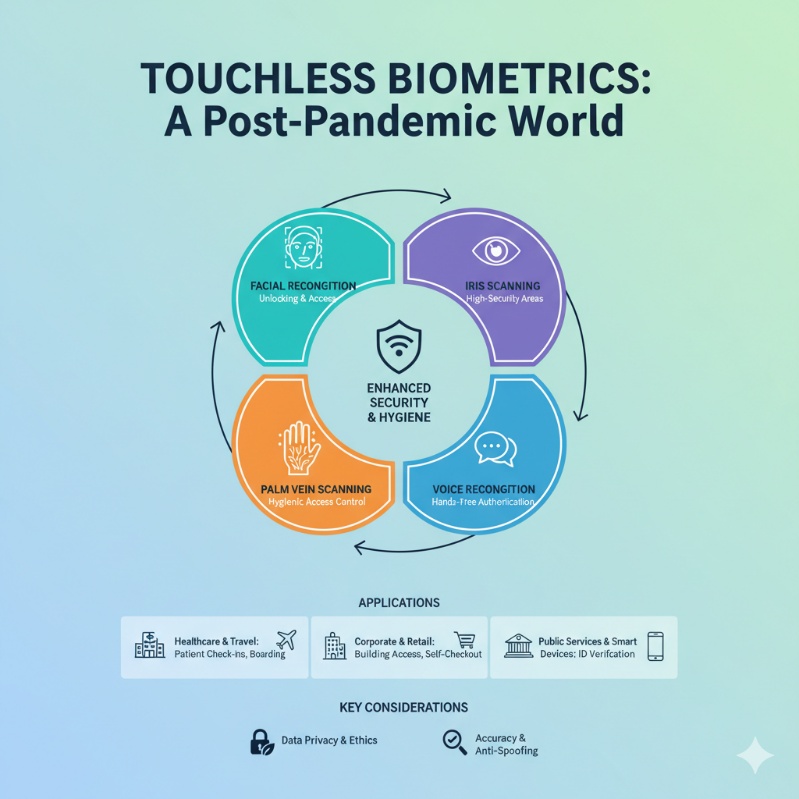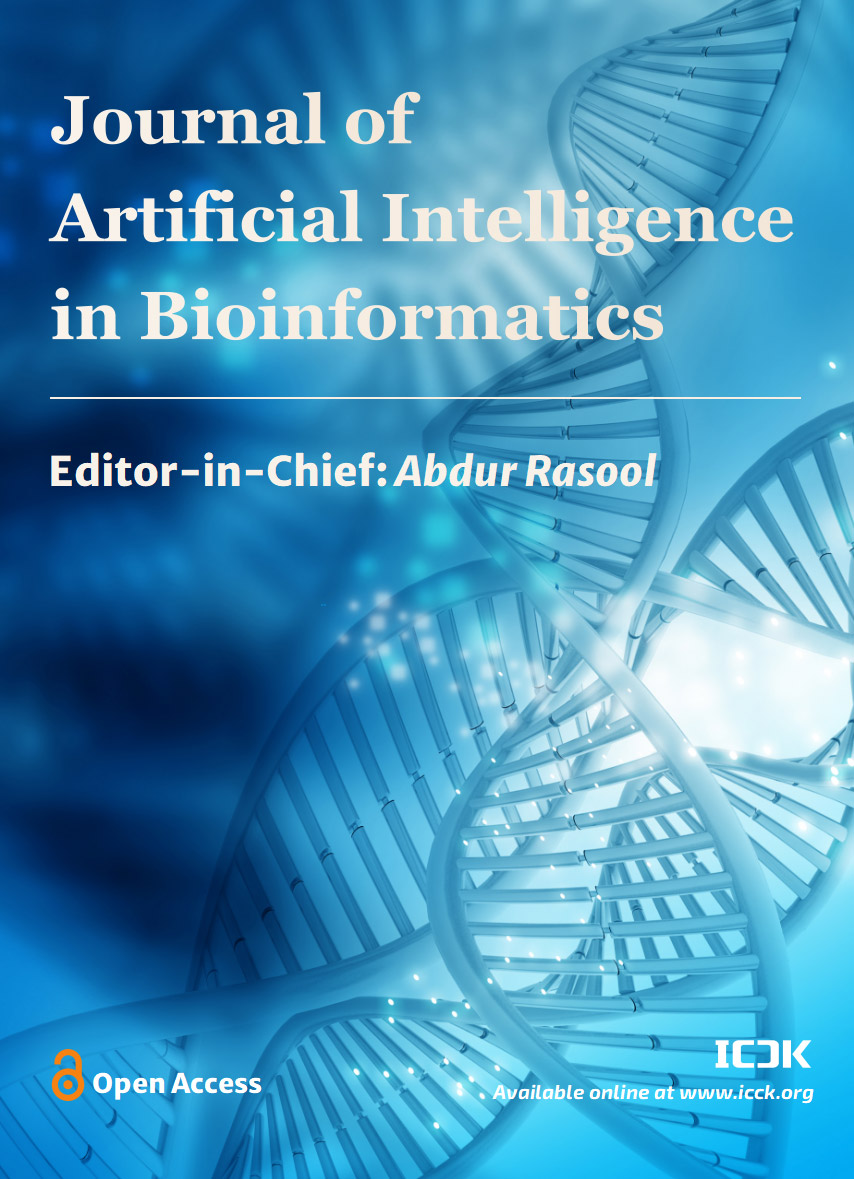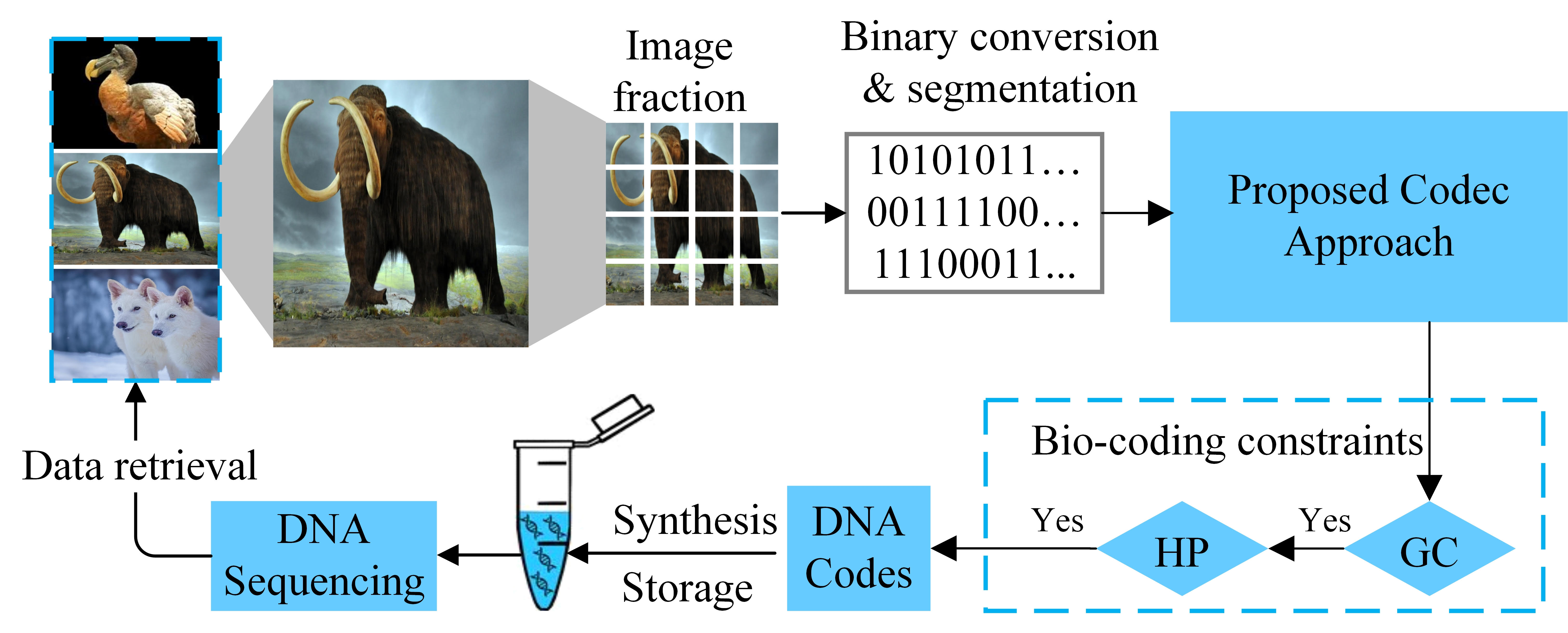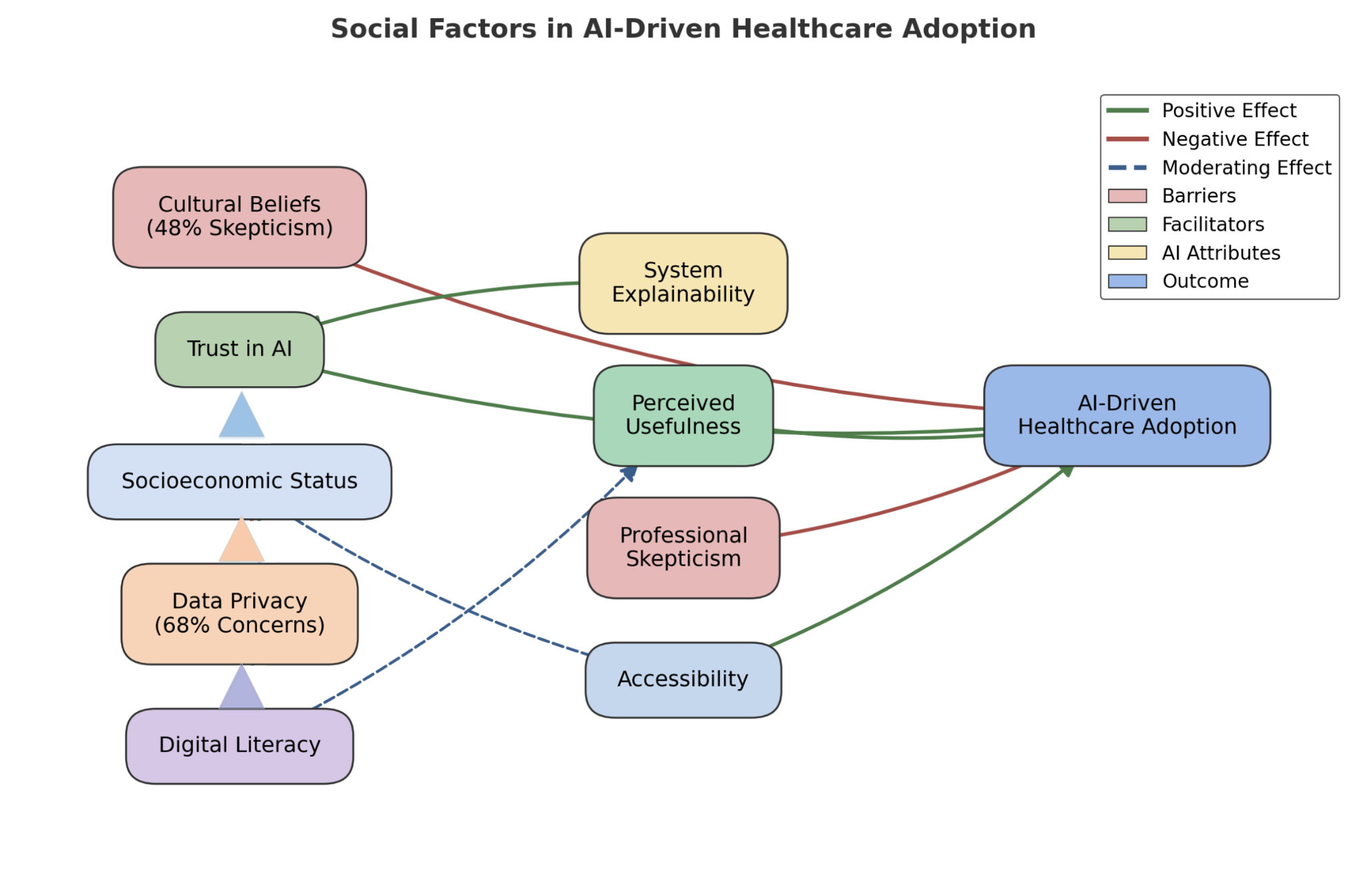Journal of Artificial Intelligence in Bioinformatics | Volume 1, Issue 2: 69-71, 2025 | DOI: 10.62762/JAIB.2025.861394
Abstract
The COVID-19 pandemic irrevocably altered our perception of public health, hygiene, and personal interaction, accelerating the demand for solutions that minimize physical contact. Once, using a fingerprint scanner, pressing a PIN, or touching a shared surface felt routine. During the pandemic, these simple actions suddenly became potential vectors for contagion. Touchless biometrics — technologies that capture unique biological characteristics without physical contact — have emerged as a crucial response. From facial recognition at airports to voice authentication in banking apps, “no touch required” is becoming the new standard, combining hygiene, convenience, and security. More >
Graphical Abstract










